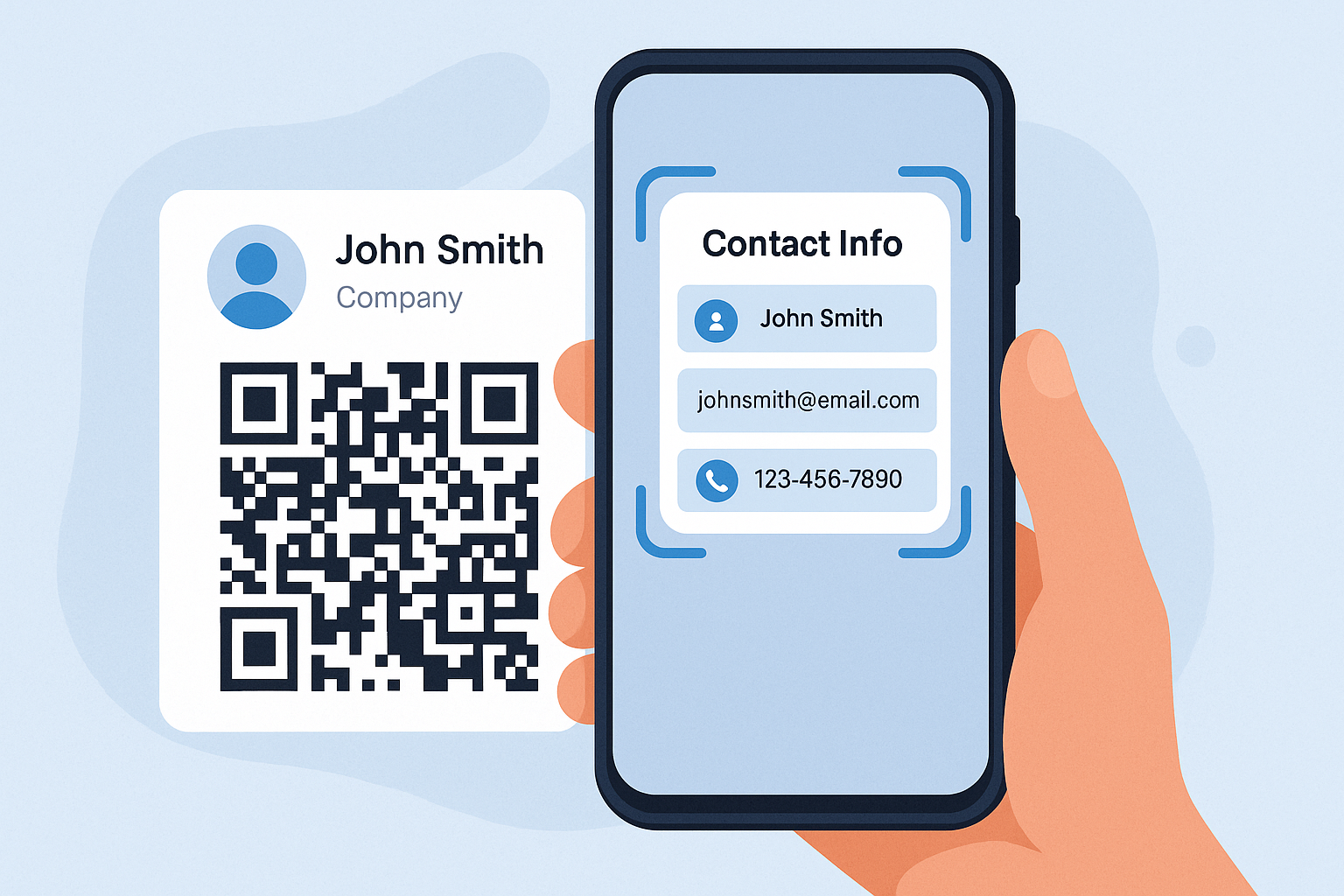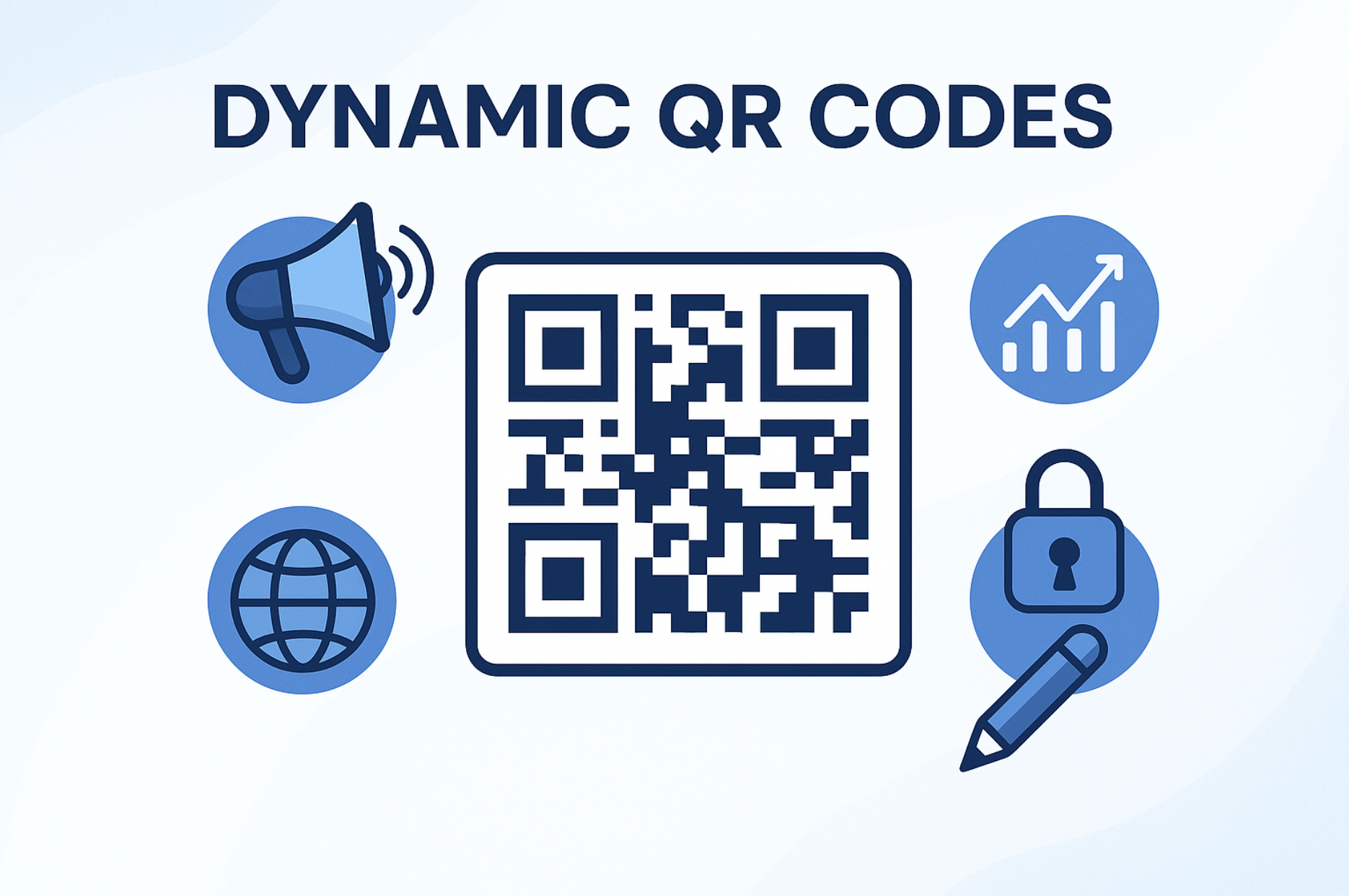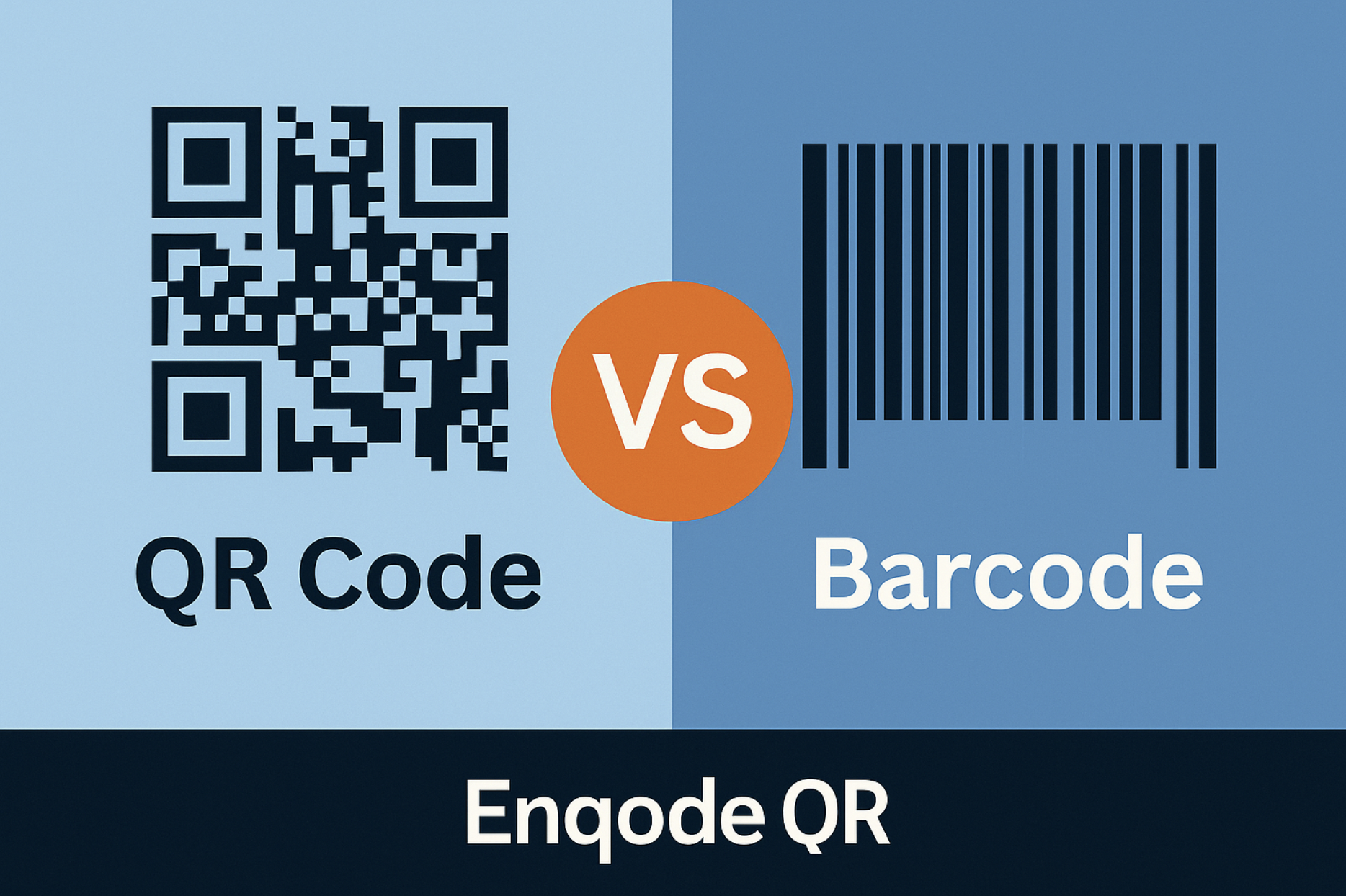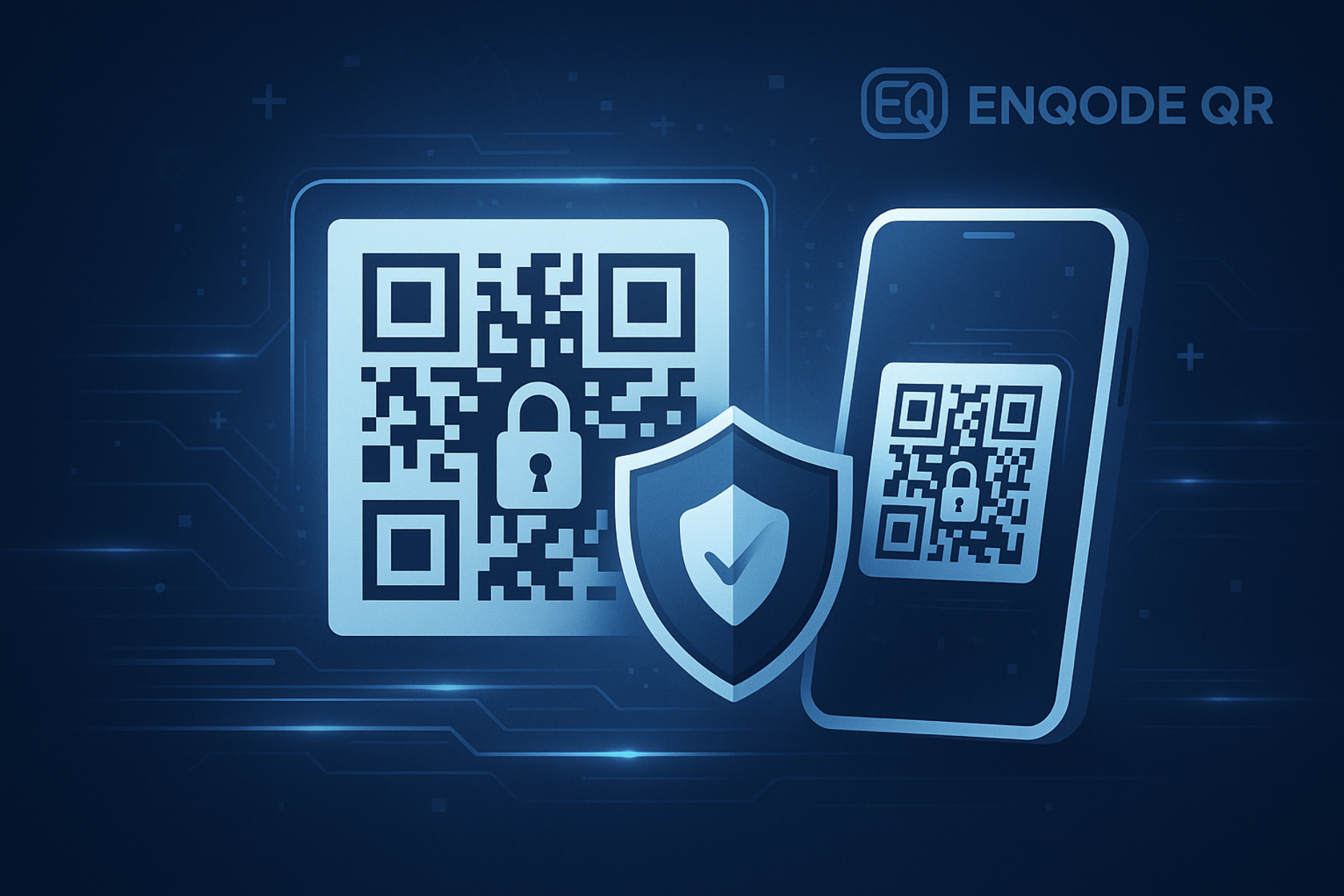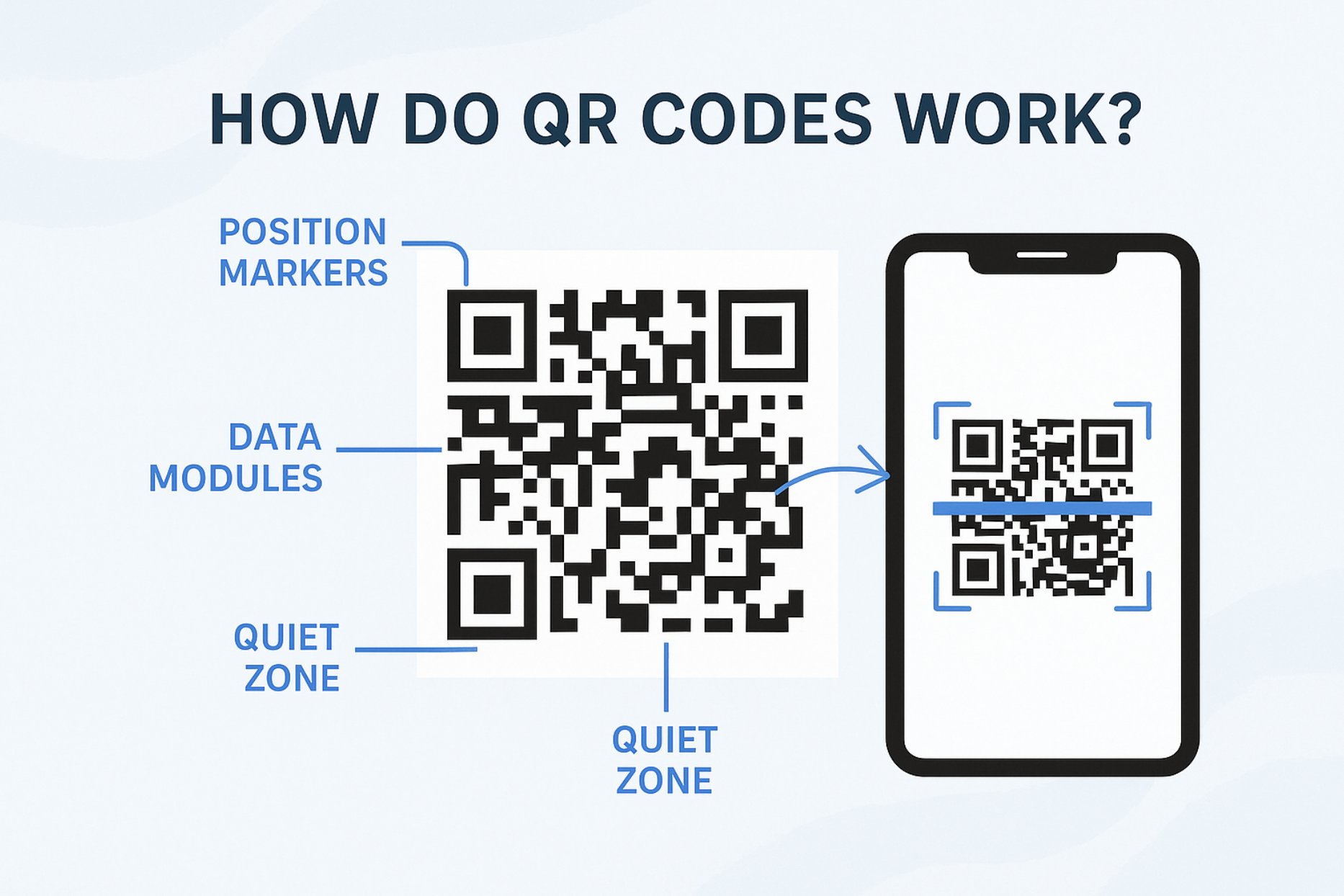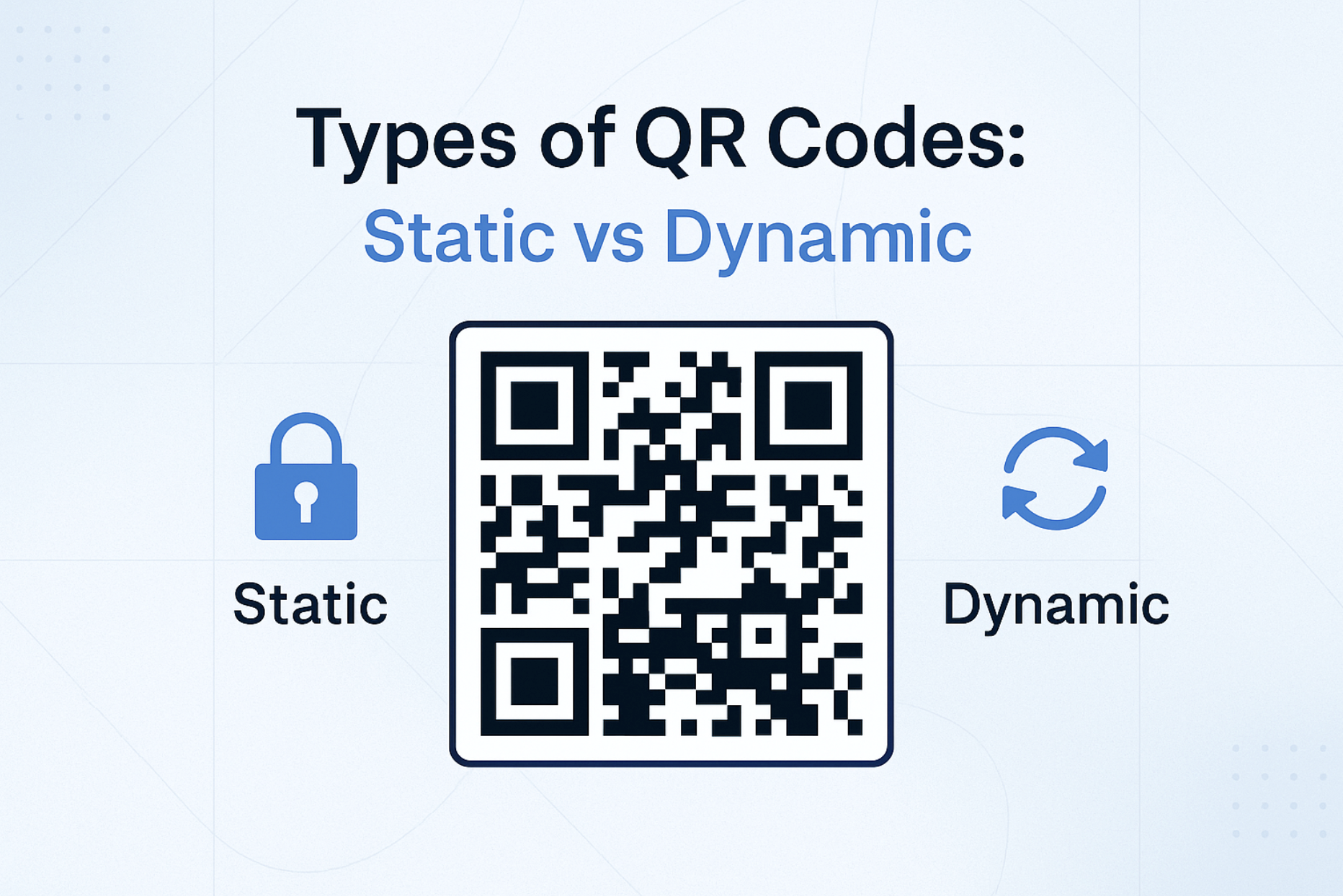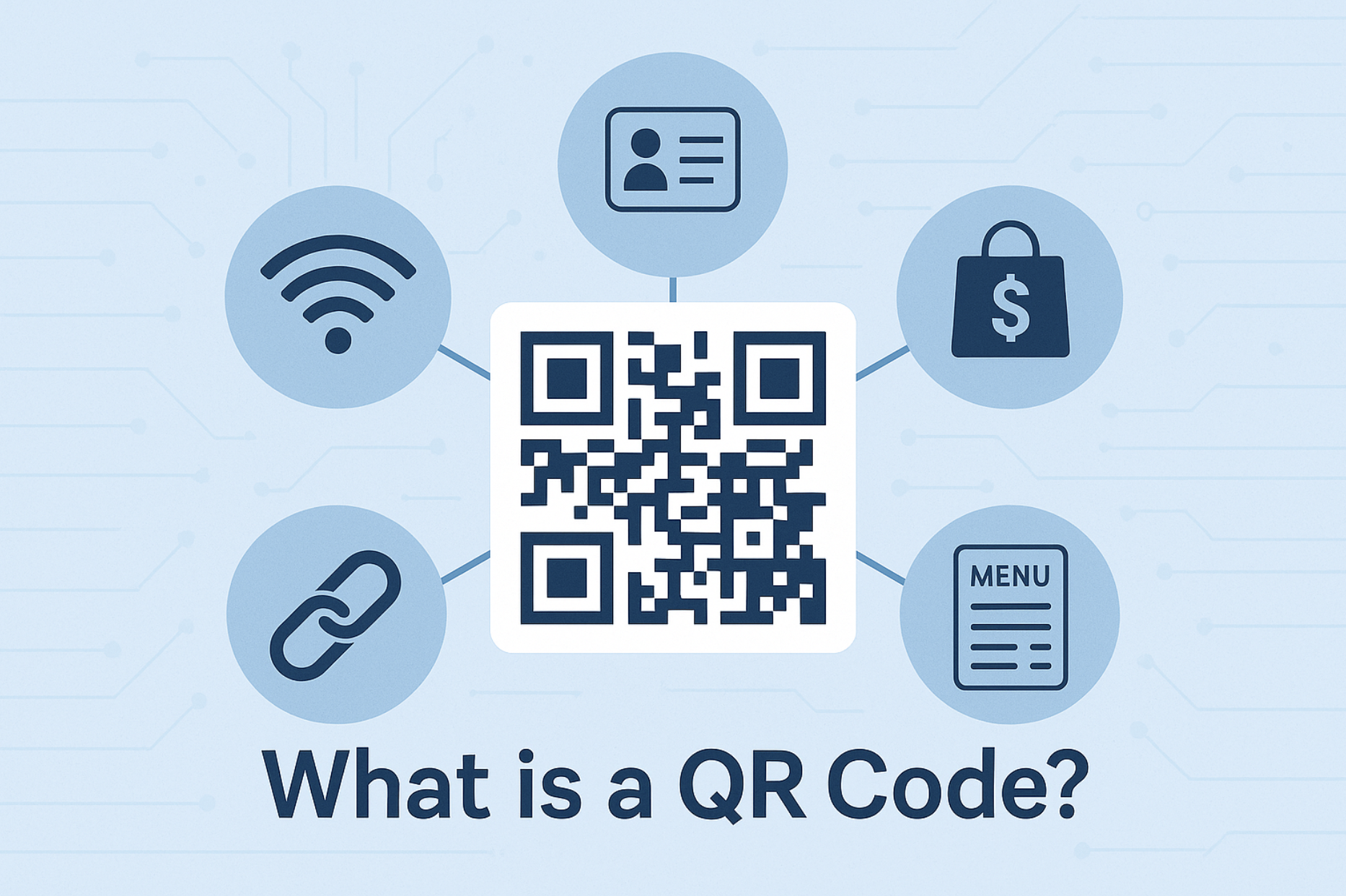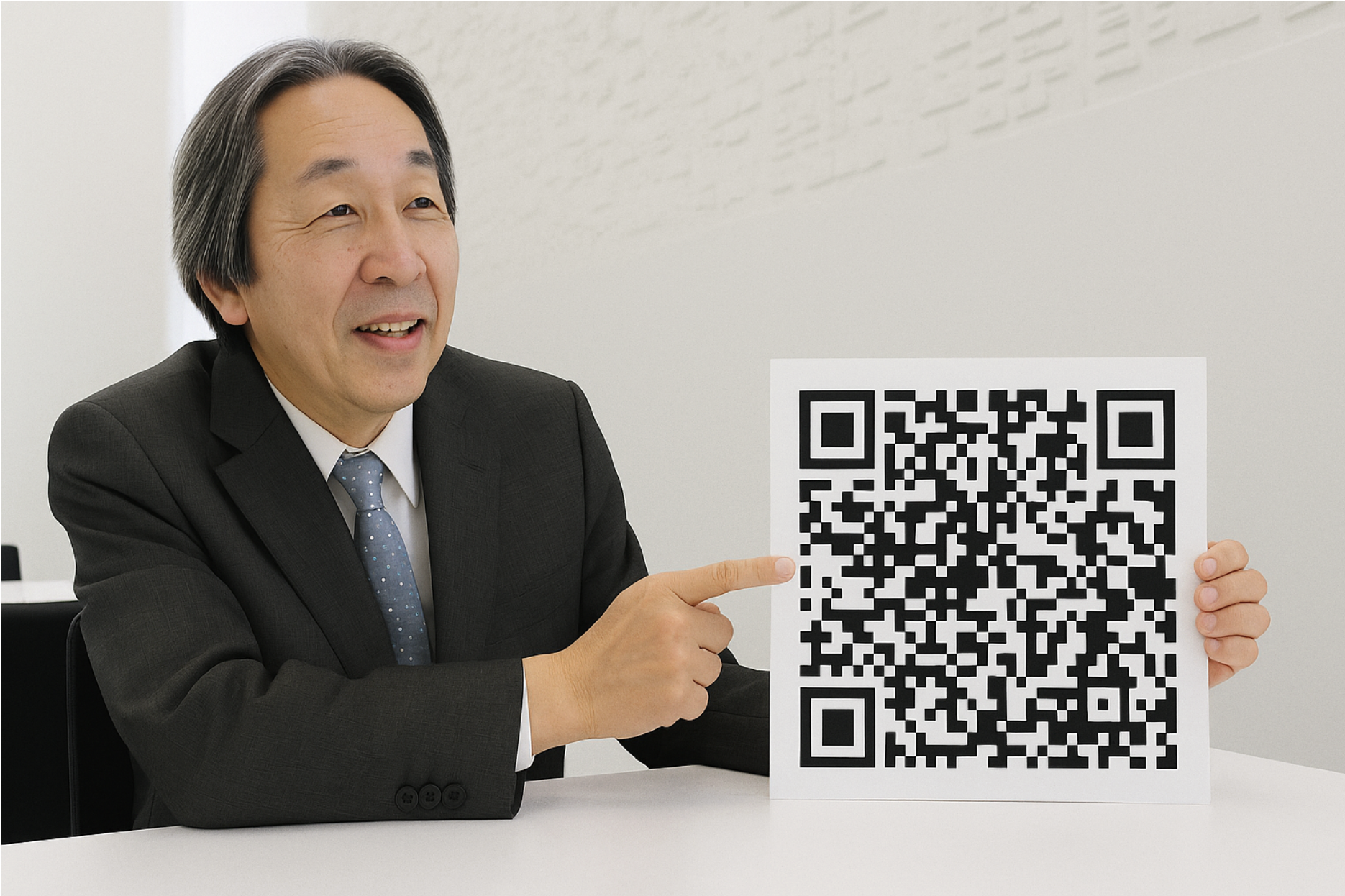Quick Summary
What is a vCard QR code? This guide explains how vCard QR codes work, their benefits, and how they make sharing contact info instant, accurate, and professional—perfect for digital business cards and networking.
Table of Contents
- 1. Introduction
- 2. What Exactly is a vCard QR Code?
- 3. How Does a vCard QR Code Work?
- 4. What Information Can a vCard QR Code Store?
- 5. Static vs. Dynamic vCard QR Codes
- 6. Key Benefits of Using a vCard QR Code
- 7. Where Can You Use a vCard QR Code?
- 8. Best Practices for vCard QR Codes
- 9. Frequently Asked Questions
- 10. Conclusion
Introduction
In today's fast-paced digital world, exchanging contact information can still be a surprisingly cumbersome process. Traditional business cards can get lost, damaged, or require manual data entry, which is prone to errors. This is where the vCard QR code steps in as a modern, efficient, and eco-friendly solution.
A vCard QR code acts as your digital business card, allowing you to share a comprehensive set of contact details with a single scan. It's revolutionizing networking, making it easier than ever to connect with prospects, clients, and colleagues. But what exactly is a vCard QR code, and how does this clever technology simplify your professional life?
This blog post will demystify the vCard QR code, explain its underlying mechanism, explore its numerous benefits, and guide you on how it can transform your networking efforts.
What Exactly is a vCard QR Code?
A vCard QR code is a specific type of QR (Quick Response) code that embeds contact information in a digital format known as a "vCard" or "Virtual Contact File" (.VCF). When someone scans this QR code with their smartphone camera or a QR code scanner app, the embedded contact details are instantly recognized by their device. This typically prompts them to save the information directly into their phone's address book or contacts application, eliminating the need for manual typing.
Think of it as a bridge between your physical presence (like on a business card, resume, or event badge) and your digital contact profile. It's a highly efficient way to share professional and personal contact details without the limitations of traditional paper methods.
How Does a vCard QR Code Work?
The process behind a vCard QR code is surprisingly simple and highly effective:
- Data Encoding: When you create a vCard QR code, you input your contact information (name, phone, email, address, company, etc.) into a QR code generator. This information is then encoded into the black and white patterns of the QR code. For dynamic vCard QR codes, the QR code itself typically stores a short URL that redirects to a hosted vCard profile page, allowing the embedded information to be updated later without changing the QR code.
- Scanning: A user points their smartphone camera or a dedicated QR code scanner app at the vCard QR code. Modern smartphones (both iOS and Android) often have built-in QR code scanning capabilities directly within their camera apps.
- Decoding and Action: The smartphone's scanner decodes the black and white patterns, recognizing the embedded vCard data or the short URL leading to it.
- Instant Saving: With just one tap, all your pre-filled details are saved to the user's phone, complete with correct formatting, reducing errors and saving time.
What Information Can a vCard QR Code Store?
A vCard QR code can store a wide array of contact information, making it incredibly versatile:
- Basic Contact Details: Full Name, Job Title, Company Name.
- Contact Information: Phone Numbers (mobile, work, home), Email Addresses (personal, work).
- Addresses: Street, City, State/Province, Zip/Postal Code, Country.
- Digital Presence: Website URLs, Social Media Profile Links (LinkedIn, Twitter, Instagram, etc.).
- Additional Details: Profile Picture/Logo, Company Logo, Short Biography or Summary, even Calendar links for booking appointments.
Static vs. Dynamic vCard QR Codes
Understanding the difference between static and dynamic vCard QR codes is crucial for long-term usability:
- Static vCard QR Codes: All the contact information is directly embedded within the QR code's pattern. Once generated, it doesn't require an internet connection to work after the initial scan (as the data is self-contained). Free to create on many platforms. The information cannot be changed once the QR code is generated and printed.
- Dynamic vCard QR Codes: The QR code itself stores a short, unique URL. When scanned, this URL redirects the user to a mobile-optimized landing page (a digital profile) where your contact information is stored. You can update the contact information on the hosted page at any time without having to change or reprint the QR code. Many dynamic QR code generators offer analytics, allowing you to track scan locations, times, and device types.
Recommendation: For professional use and long-term flexibility, dynamic vCard QR codes are highly recommended.
Key Benefits of Using a vCard QR Code
- Instant Contact Saving: Eliminates manual data entry, saving time and preventing typos. A single scan and tap is all it takes.
- Enhanced Professionalism: Shows you're tech-savvy and forward-thinking, leaving a modern impression on your contacts.
- Comprehensive Information Sharing: Share more details than a traditional business card, including social media links, website URLs, and even a profile picture.
- Reduced Errors: Ensures accurate transfer of contact details directly into the recipient's phone.
- Eco-Friendly: Reduces reliance on paper business cards, contributing to sustainability efforts.
- Cost-Effective (Dynamic): With dynamic codes, you avoid reprinting physical materials every time your contact details change.
- Trackable Analytics (Dynamic): Gain insights into who is scanning your code, where, and when, helping you refine your networking strategies.
- Increased Engagement: Makes it easier for people to connect with you on multiple platforms beyond just a phone call or email.
Where Can You Use a vCard QR Code?
The versatility of vCard QR codes means they can be effectively deployed in a variety of settings:
- Business Cards: The most common and impactful use, transforming a static card into an interactive digital exchange.
- Email Signatures: Include it in your professional emails to make it easy for recipients to save your contact information.
- Resumes and Portfolios: Allow potential employers or clients to quickly save your details for follow-up.
- Event Badges/Lanyards: Facilitate seamless networking at conferences, trade shows, and expos.
- Presentations: Add to your last slide for attendees to easily connect with you.
- Websites/Landing Pages: A simple way for visitors to save your contact directly from their browser.
- Marketing Materials: On flyers, brochures, posters, or even product packaging for quick access to support or sales contacts.
- Social Media Profiles: As a profile picture or in a post to encourage connections.
Best Practices for vCard QR Codes
To ensure your vCard QR code is effective and scannable, follow these best practices:
- Use Dynamic QR Codes: For the reasons outlined above (editability, analytics).
- Ensure Sufficient Size: Make sure the QR code is large enough to be easily scanned (minimum 1x1 inch for print, larger for distant viewing).
- Maintain High Contrast: Always use dark colors for the QR code modules on a light background (e.g., black on white) for optimal scannability.
- Test Thoroughly: Before widespread use, scan your vCard QR code with various devices (iOS and Android) and different scanner apps to ensure it works reliably in different lighting conditions.
- Add a Clear Call-to-Action (CTA): Tell people what to do! Phrases like "Scan to Save My Contact," "Connect with Me," or "Add to Contacts" encourage interaction.
- Keep Information Concise (for Static): If using a static vCard, limit the data to keep the QR code less dense and more scannable.
- Optimize Landing Page (for Dynamic): Ensure your vCard Plus landing page is mobile-friendly, loads quickly, and is easy to navigate.
- Brand Your QR Code: Customize your QR code with your logo and brand colors (if using a dynamic generator) to make it more professional and recognizable.
Frequently Asked Questions
What is a vCard QR code?
A vCard QR code is a QR code that stores your contact info in a digital format, so anyone can scan and instantly save your details to their phone.
What’s the difference between static and dynamic vCard QR codes?
Static vCard QR codes have fixed info, while dynamic vCard QR codes let you update your contact details and track scans without reprinting the code.
Where should I use a vCard QR code?
On business cards, resumes, email signatures, event badges, presentations, websites, and marketing materials—anywhere you want to share your contact info quickly and professionally.
Conclusion
The vCard QR code is more than just a novelty; it's a practical and powerful tool for modern networking and information exchange. By simplifying the process of sharing contact details, it enhances efficiency, reduces errors, and elevates your professional image. Whether you're a freelancer, a sales professional, an entrepreneur, or simply someone looking for a smarter way to connect, integrating a vCard QR code into your strategy is a clear step towards more effective and seamless interactions in the digital age.


